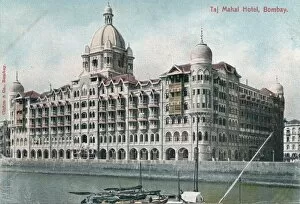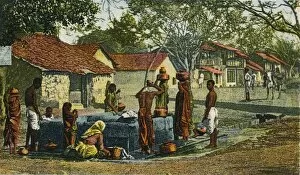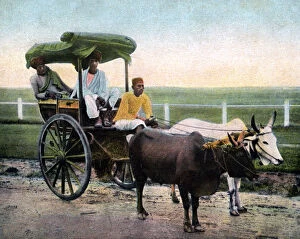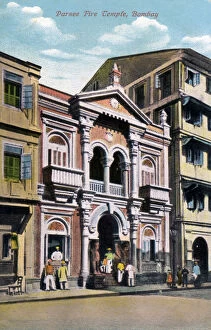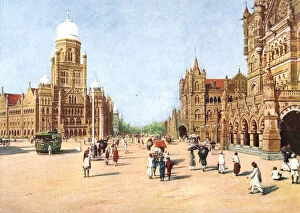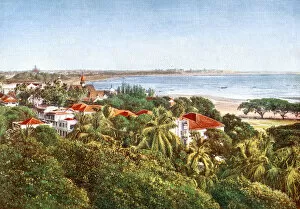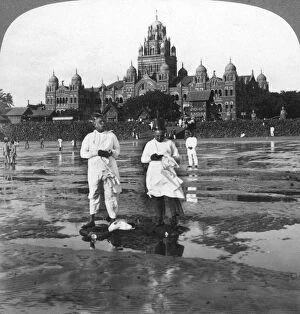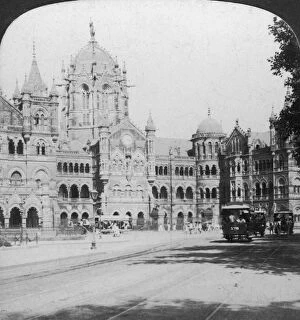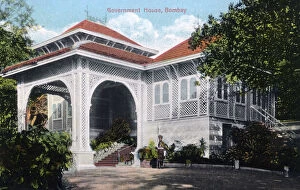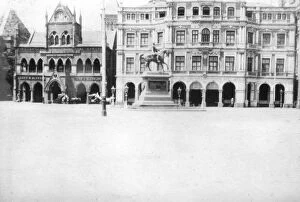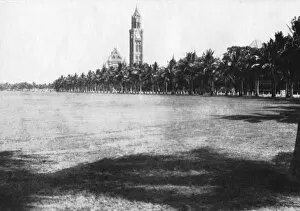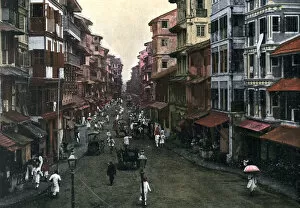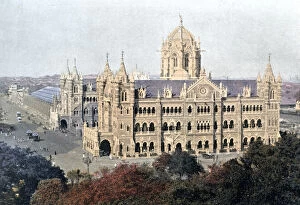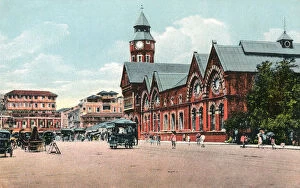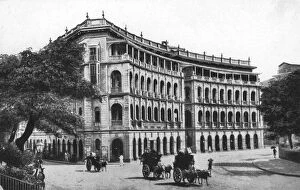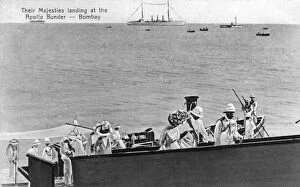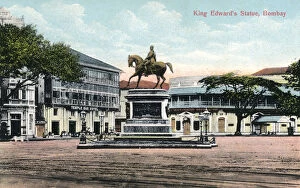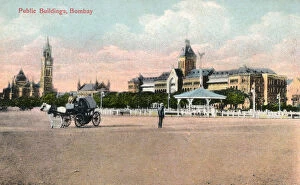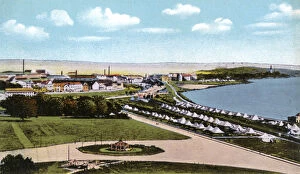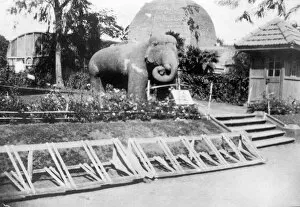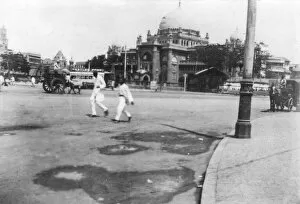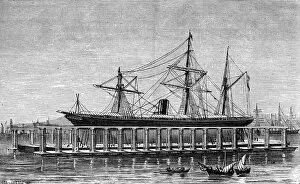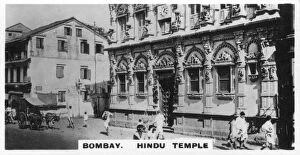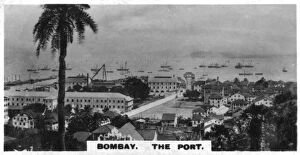Mumbai Collection (#22)
"Mumbai: A Vibrant Tapestry of Culture, Heritage, and Spectacular Views" As the sun sets over Mumbai (Bombay
For sale as Licensed Images
Choose your image, Select your licence and Download the media
"Mumbai: A Vibrant Tapestry of Culture, Heritage, and Spectacular Views" As the sun sets over Mumbai (Bombay), India's bustling metropolis comes alive with a captivating energy. From the iconic Gateway of India, standing tall as a symbol of the city's grandeur, to the breathtaking view from Taj Mahal Hotel Balcony, every corner tells a story. The streets are filled with life as a double-decker bus passes by the majestic Mumbai Municipal Corporation building, and is here that modernity blends seamlessly with history, creating an enchanting atmosphere that is uniquely Mumbai. Witnessing the sunrise behind The Gateway to India is truly awe-inspiring. As dawn breaks over this architectural marvel in South Asia, one can't help but be overwhelmed by its beauty and significance. A visit to Parsi Fire Temple takes you on a spiritual journey through Bombay's rich Zoroastrian heritage. This sacred place serves as a sanctuary for worshippers seeking solace amidst their daily lives. The Gateway of India stands proudly against the backdrop of Mumbai's skyline – an enduring symbol of resilience and welcoming spirit. Its magnificent arches invite visitors from all walks of life to explore this vibrant city. Amidst all this hustle and bustle lies an unexpected sight – Municipal laundry where clothes dance in unison under expert hands. This glimpse into everyday life showcases both tradition and innovation coexisting harmoniously in Mumbai. At Bombay Railway Station, time seems to stand still as commuters rush past each other amidst chaotic yet organized chaos, and is here that dreams take flight on trains connecting millions across this vast cityscape. Stepping inside The Victoria Terminus feels like entering another era altogether. This UNESCO World Heritage Site exudes grandeur through its stunning architecture and intricate details -a testament to Bombay's colonial past. Marine Drive offers respite from the urban frenzy with its serene promenade along Arabian Sea coastlines.


